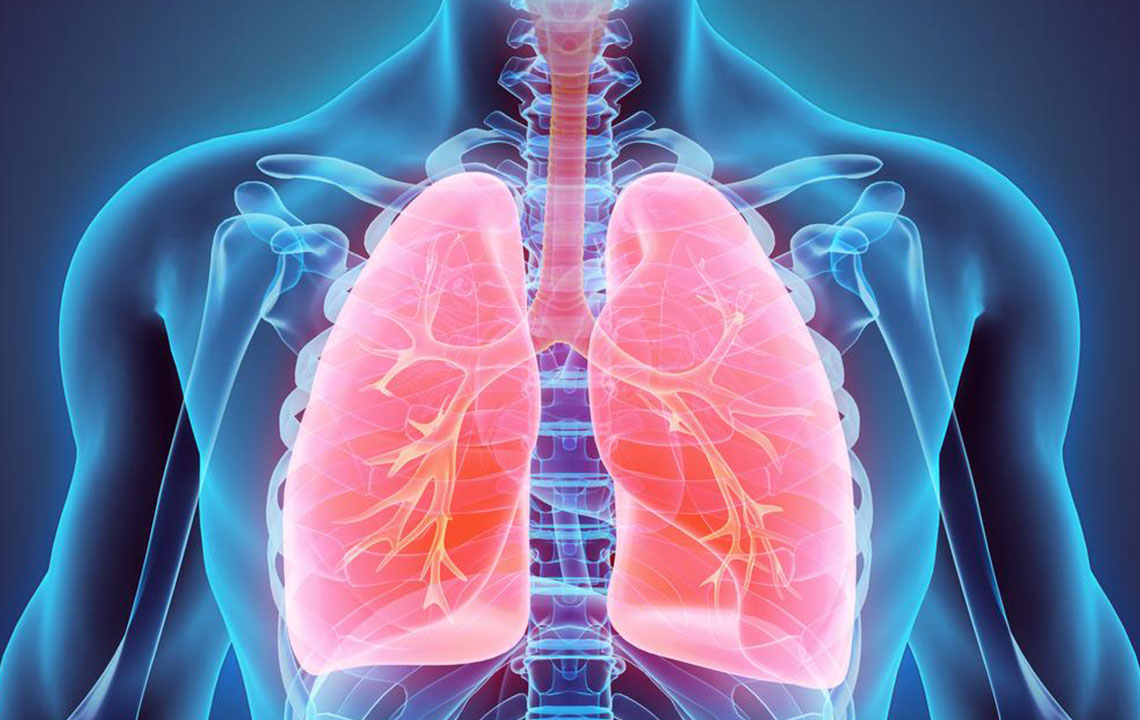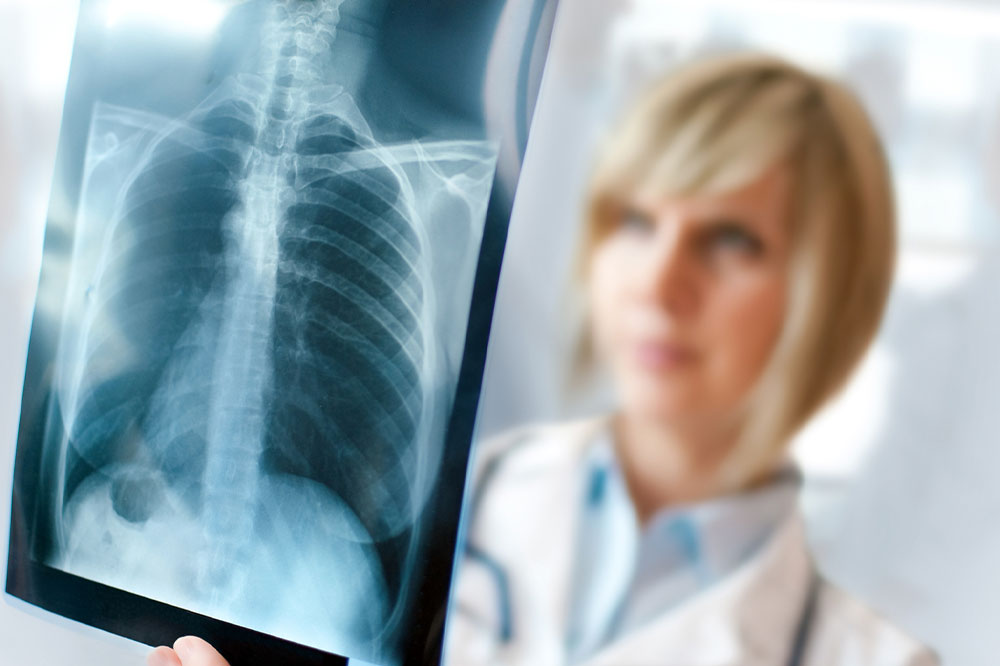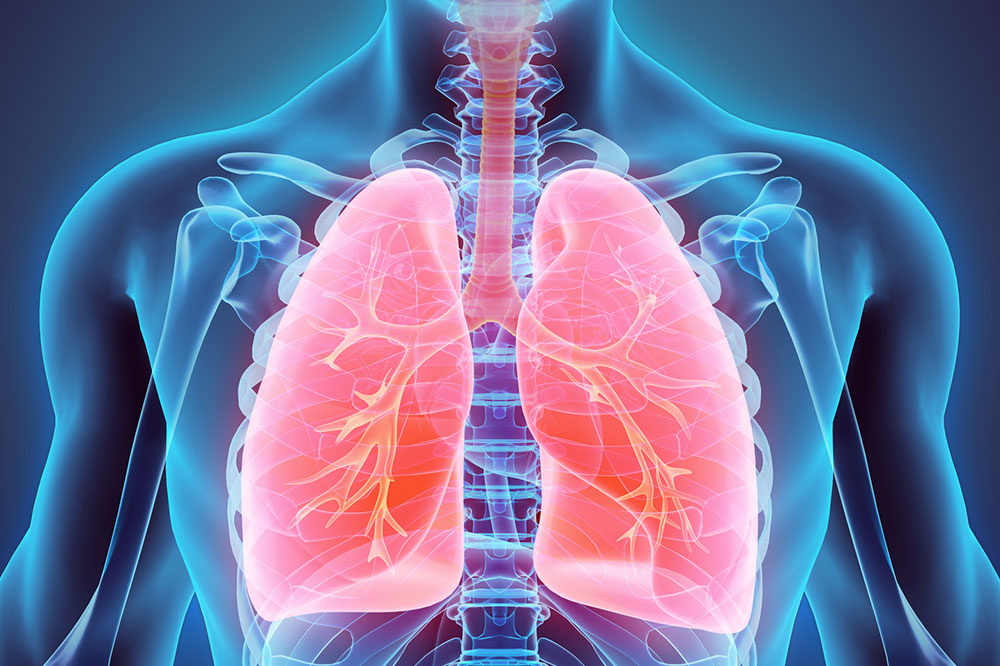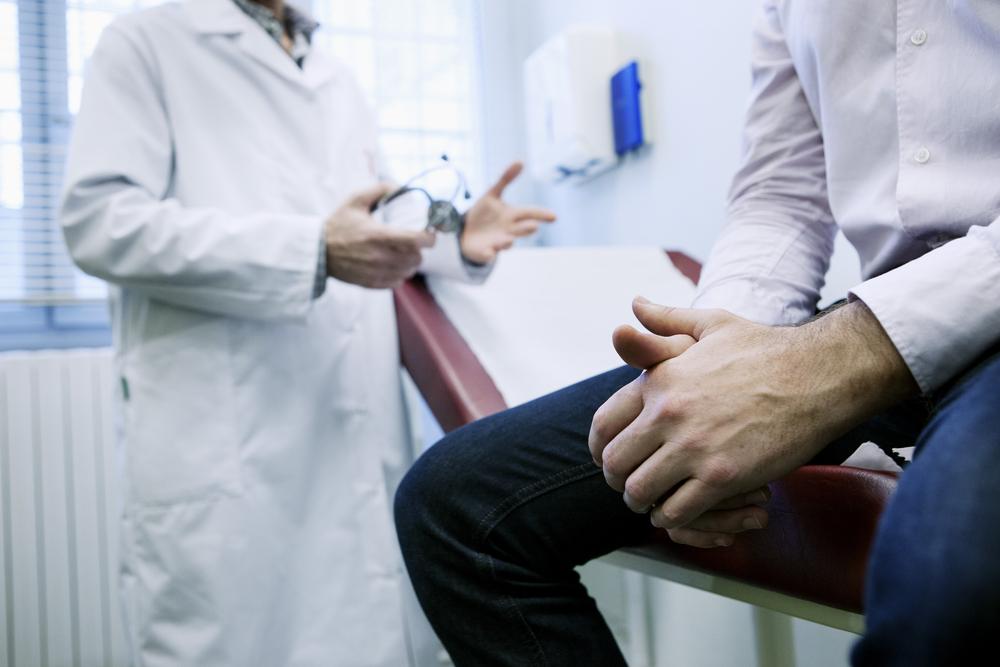Comprehensive Guide to Lung Cancer: Symptoms, Causes, and Treatment Strategies
Lung cancer remains a leading global health challenge. Recognizing early symptoms such as persistent cough and breathlessness, understanding risk factors like smoking and environmental hazards, and exploring advanced treatment options are vital for effective management. This comprehensive guide emphasizes prevention, early detection, and personalized therapies to improve survival rates. Smoking cessation, environmental precautions, and regular screenings can significantly reduce risk. Medical advancements continue to improve outcomes with targeted treatments and immunotherapies. Staying vigilant and proactive can make a critical difference in combating lung cancer and protecting respiratory health.

Comprehensive Guide to Lung Cancer: Symptoms, Causes, and Treatment Strategies
Lung cancer remains one of the leading causes of cancer-related deaths worldwide, posing significant health challenges globally. Its close association with tobacco use makes understanding its risk factors, early symptoms, and available treatment options essential for both healthcare professionals and the general public. This extensive guide aims to provide a holistic overview of lung cancer, shedding light on the key indicators that can lead to early detection, the primary causes, and the latest advancements in treatment modalities.
Understanding the risk factors linked to lung cancer is crucial for prevention and early intervention. Primarily, tobacco smoking is identified as the most significant contributor. The risk is influenced not only by how long a person has smoked but also by the intensity, i.e., the number of cigarettes smoked daily. For instance, heavy smokers who indulge in multiple cigarettes each day are at a markedly higher risk than those who smoke occasionally. Additionally, passive or secondhand smoke exposure significantly increases the risk among non-smokers, elevating their chances of developing lung cancer by approximately 28%. This highlights the importance of creating smoke-free environments and advocating for policies that limit passive smoke exposure.
Recognizing the warning signs of lung cancer can facilitate earlier diagnosis, which is often critical for successful treatment. The most common symptom associated with lung cancer is a persistent cough. Unlike typical coughs caused by minor infections or irritations, a lung cancer cough tends to be deep, hoarse, and ongoing. Some patients may cough up blood—a symptom indicating the presence of bleeding in the lungs, which warrants immediate medical attention.
Other notable symptoms include:
Breathing difficulties: Many patients report experiencing shortness of breath, wheezing, or chest tightness, especially if the disease progresses or metastasizes. These symptoms often intensify with physical exertion but can occur at rest in advanced stages.
Unexplained weight loss: Significant and unintentional weight loss is another indicator that could signal underlying cancer or other serious health issues. If accompanied by other symptoms like coughing or breathlessness, it warrants immediate medical evaluation.
Chest pain or discomfort: Persistent chest pain, especially if dull or aching, may be associated with tumor growth invading the chest wall or nearby tissues.
Recurrent respiratory infections: Frequent pneumonia or bronchitis can sometimes be a sign that a growth is obstructing air passages.
Because lung cancer symptoms often overlap with other respiratory conditions, early detection can be challenging. It is therefore vital for individuals at risk—particularly smokers or those with a family history—to seek regular medical checkups and screening tests such as low-dose computed tomography (LDCT) scans.
Causes and Risk Factors of Lung Cancer
While smoking remains the primary causative factor, several other elements contribute to lung cancer risk. Occupational exposure to carcinogens like asbestos, radon gas, and certain chemicals in the workplace significantly heightens the likelihood of developing this disease. Radon, a naturally occurring radioactive gas found in some soils and building materials, is considered the second leading cause of lung cancer after smoking.
Environmental factors also play a role. Living in areas with high pollution levels, especially with elevated concentrations of particulate matter and toxins, can increase susceptibility. Moreover, genetic predispositions may make certain individuals more vulnerable, though lifestyle choices tend to heavily influence overall risk.
Modern Treatment Approaches for Lung Cancer
Various treatment options exist for lung cancer, tailored to the stage at diagnosis, overall health, and specific tumor characteristics. The primary treatment strategies include surgical removal, radiation therapy, chemotherapy, targeted therapy, and immunotherapy. Advances in medical technology and research have led to more personalized and effective treatment plans, improving survival rates and quality of life.
Surgical Intervention
Surgery remains the most effective option when lung cancer is detected early and localized. Procedures such as lobectomy, pneumonectomy, or segmentectomy involve removing the tumor along with a portion of lung tissue or the entire lung in severe cases. Surgical options depend on tumor size, location, and patient health status. Advances in minimally invasive techniques like video-assisted thoracoscopic surgery (VATS) have reduced recovery times and surgical risks.
Radiation Therapy
Radiation therapy uses high-energy rays to destroy cancer cells and is frequently utilized for patients who are not candidates for surgery. It can be administered externally or through internal methods like brachytherapy. When combined with chemotherapy, radiation therapy can provide a powerful approach to control and shrink tumors, particularly in stage II and III lung cancers.
Chemotherapy
Chemotherapy employs drugs to target rapidly dividing cancer cells, either as a primary treatment or adjunctive therapy to surgery and radiation. While systemic, it can effectively control metastatic disease and improve survival in advanced stages.
Targeted Therapy and Immunotherapy
Recent advancements have introduced targeted therapies that inhibit specific genetic mutations or proteins promoting tumor growth. Patients with identifiable mutations such as EGFR, ALK, or ROS1 benefit from specialized drugs that attack these pathways. Immunotherapy, which activates the body’s immune system to combat cancer, has also shown promising results, especially checkpoint inhibitors like pembrolizumab and nivolumab.
Ultimately, early detection paired with tailored treatment strategies offers the best chance of improving prognosis. Ongoing research continues to refine these therapies, aiming to enhance survival rates and minimize side effects.
Preventative Measures and Lifestyle Changes
Preventing lung cancer largely hinges on lifestyle modifications and environmental awareness. Quitting smoking is the single most effective step to reduce risk. Resources such as smoking cessation programs, nicotine replacement therapy, and counseling support can assist individuals in this journey.
Additionally, reducing exposure to occupational and environmental carcinogens is vital. Using proper protective gear at work, testing your home for radon levels, and avoiding polluted air can mitigate risks. Regular health screenings and low-dose CT scans for high-risk groups enable early detection, which significantly impacts treatment outcomes.
Public health initiatives aimed at raising awareness about lung cancer symptoms, risk factors, and preventive practices play a crucial role in combating this disease. Education campaigns can empower individuals to take proactive steps toward lung health and prompt medical evaluation when symptoms arise.
Conclusion: A Call for Awareness and Action
Understanding lung cancer’s causes, early signs, and treatment options is essential for reducing morbidity and mortality associated with the disease. Early diagnosis through awareness and screening dramatically improves survival, making it vital for at-risk populations to seek regular medical consultation. Combining lifestyle changes, environmental precautions, and advanced medical therapies offers the best approach to managing and preventing lung cancer effectively. Stay informed, be vigilant about symptoms, and adopt healthy habits to safeguard your respiratory health for a better future.





